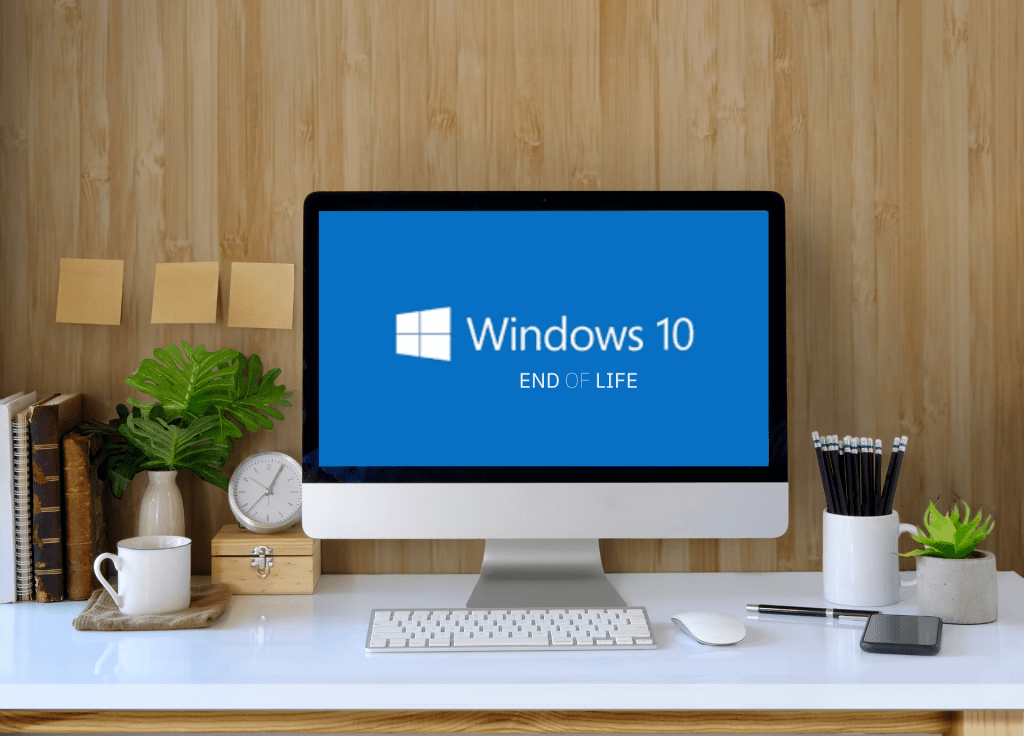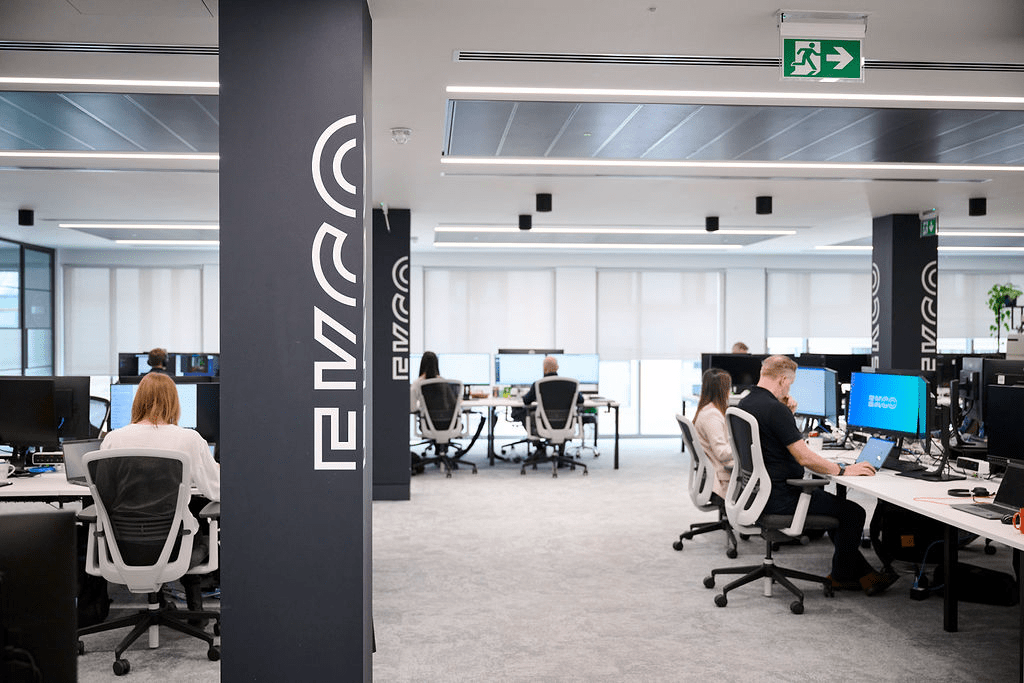Is your business prepared for the end of Windows 10 support?
From October 2025, Microsoft will no longer provide technical support for Windows 10.
Is your business ready for the end of Windows 10?
The clock is ticking. On October 14, 2025, Microsoft will officially end support for Windows 10. The operating system has been the backbone for countless businesses over the past decade. So what does this mean for your organisation? Is it simply another routine IT update, or does it demand serious attention?
Peppe Kerstens a Consultant at Ekco says,
“The reality is that the end of Windows 10 is not just an IT concern—it’s a critical business decision. It directly impacts your security, productivity, and compliance. Without updates or security patches after this date, your organisation will face serious risks.”
If you haven’t started thinking about the transition—or don’t know where to begin—this blog will help get you on the right path. We’ll explain what the end of Windows 10 means, what steps you can take now, and why a smooth transition is essential.

What does “End of Life” mean for Windows 10?
When an operating system reaches the end of its lifecycle, the manufacturer stops providing updates and technical support. Free security patches also end. This means systems running Windows 10 will become increasingly vulnerable to cyber threats and compatibility issues after October 14, 2025.
Why is this important for Business Owners?
The IT lead in an organisation is usually juggling a long list of strategic projects, which means the transition from Windows 10 might unintentionally take a back seat. That carries significant risks:
Increased security risk
Without security updates, vulnerabilities in Windows 10 will no longer be fixed. Hackers exploit these weaknesses, targeting outdated systems—which can lead to data loss and operational downtime.
Compatibility issues
Software vendors design their applications for modern operating systems. This means that critical applications may stop working properly—or stop working altogether.
Compliance challenges
Businesses that fall under strict regulations (like GDPR) may face fines or legal complications if they continue using outdated operating systems. A secure, up-to-date IT environment is essential for compliance.
Limited support
After October 2025, Microsoft will no longer provide technical support for Windows 10. Support for Microsoft 365 on Windows 10 will also end. Troubleshooting will become more difficult, with fewer experts available to help when issues arise.

Why businesses must take action now?
Switching to a new operating system can have a big impact. For businesses, this may mean switching to new hardware, migrating critical data, and testing software compatibility. All of this requires time, money, and careful preparation. It’s important to create a plan early to minimise disruptions and ensure business continuity.
What are your options?
- Upgrade to Windows 11
The most straightforward option is to switch to Windows 11. The latest operating system offers stronger security, enhanced features, and a streamlined user experience. - Consider cloud or virtual desktop solutions
Depending on your business needs, this could be a great time to explore cloud-based workspaces like Windows 365. These solutions support scalability, offer flexibility and simplify IT management. - Use ESU (Extended Security Updates)
This should be seen as a short-term solution. It buys you some time to transition to Windows 11. While it covers the most critical part (security), other challenges like the lack of tech support should not be ignored. - Check your hardware
Not all older devices are compatible with Windows 11. Now is the time to take inventory of your hardware and assess whether upgrades are needed.
Why upgrade to Windows 11?
A well-planned migration to Windows 11 is essential. Key benefits of switching early include:
- Advanced security – Windows 11 offers improved protection against malware and phishing.
- Better performance – Faster load times and more efficient application management.
- Less last-minute stress – By acting now, you avoid panic and downtime.
- Improved productivity – You’ll get a more intuitive interface and built-in tools for improved productivity.
We’ll help you make a smooth transition
You don’t have to go through this process alone. We understand that your focus is on innovation and strategic growth—not getting bogged down in technical migrations.
Our experts can support you with:
- A detailed IT audit to determine your needs.
• A phased migration plan to minimise disruptions.
• Implementation guidance and support for your IT team.
Don’t wait until October 2025.
Get in touch with us today and ensure your business stays secure, compliant, and future-ready.

Question?
Our specialists have the answer
